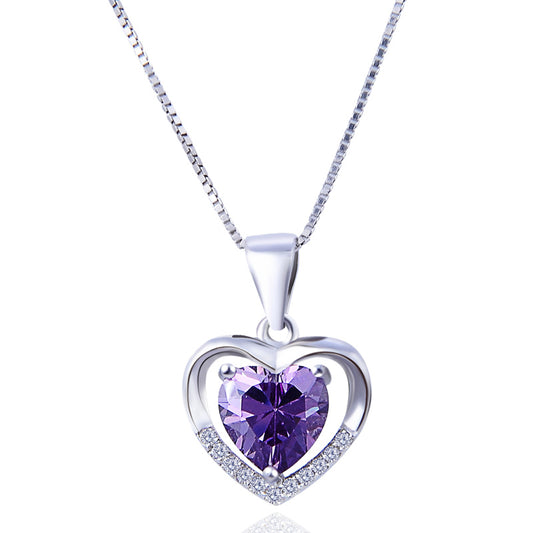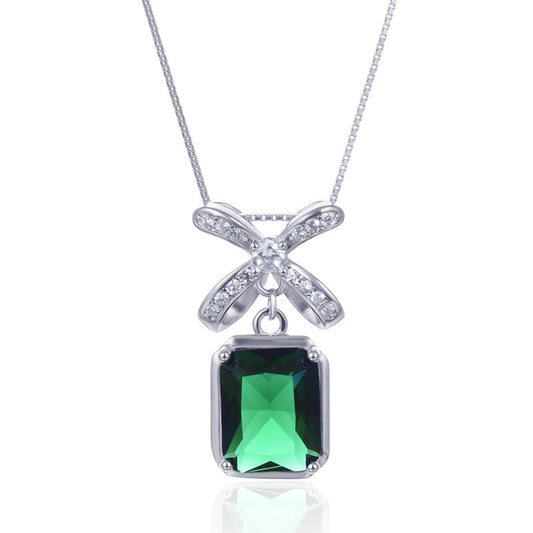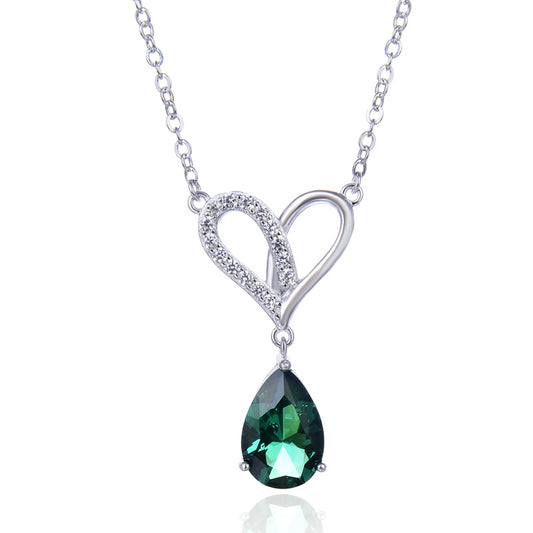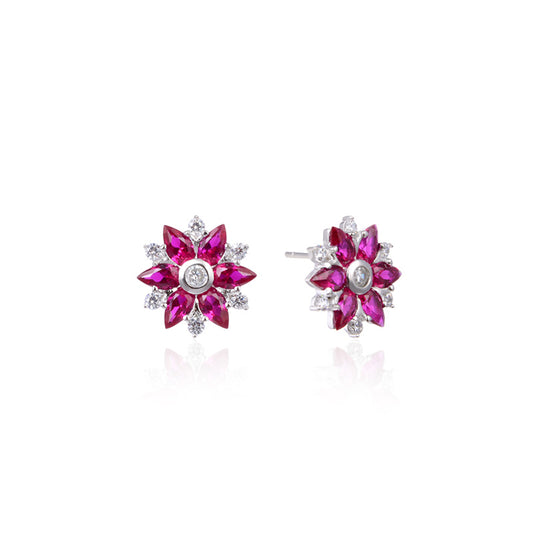How is Jewelry Made?

Jewelry, a timeless and elegant accessory, has fascinated humanity since ancient times. Its creation involves a blend of artistry, craftsmanship, and often, a deep-seated cultural significance. From intricate gold filigree work to the simple elegance of a beaded bracelet, each piece tells a story of skilled hands and meticulous attention to detail.
Let's explore the journey of how jewelry is made, delving into the various techniques and processes involved.
- Design Conceptualization
Every piece of jewelry begins with an idea. Designers sketch their visions, inspired by everything from nature, historical motifs, or modern trends. These initial sketches form the blueprint for what will eventually become a wearable work of art.
- Material Selection
The choice of material is crucial in jewelry making. Precious metals like gold, silver, or platinum are often used for their durability and inherent value. Gemstones, whether diamonds, sapphires, or emeralds, add color and sparkle. Beads, pearls, and other ornamental elements also play a significant role.
- Metalworking
For metal jewelry, the first step is to shape the metal. This can be done through casting, where molten metal is poured into a mold, or by forging, where metal is hammered into shape. Once the basic form is achieved, filing, sanding, and polishing follow to refine the surface.
- Stone Setting
If gemstones are to be incorporated, they must be carefully set into the metal. This is often done using prongs, bezels, or other setting techniques that securely hold the stone in place while showcasing its beauty.
- Enameling and Engraving
Enameling involves applying colored glass powder to the metal and then firing it at high temperatures to fuse the two together. Engraving, on the other hand, is the art of cutting designs or inscriptions into the metal's surface.
- Stringing and Knotting
For beaded jewelry or pieces that incorporate pearls and other small elements, stringing and knotting are essential steps. Threads or wires are used to carefully arrange and fasten the beads, often with knots between each bead for security.
- Finishing Touches
Once the piece is assembled, it undergoes a final inspection and any necessary adjustments. This might include adding clasps, ear wires, or other findings that make the jewelry wearable. A final polish ensures that the piece shines brightly.
- Quality Control
Before a piece of jewelry is ready for market, it must pass strict quality control measures. This ensures that it meets the highest standards of craftsmanship and durability.
In conclusion, the creation of jewelry is a multifaceted process that requires a blend of artistic vision, technical skill, and meticulous attention to detail. From concept to completion, each piece tells a unique story of its creation and is destined to become a cherished part of someone's wardrobe. Whether it's a simple beaded bracelet or an extravagant diamond necklace, the art of jewelry making is truly a wonderful blend of tradition and innovation.









